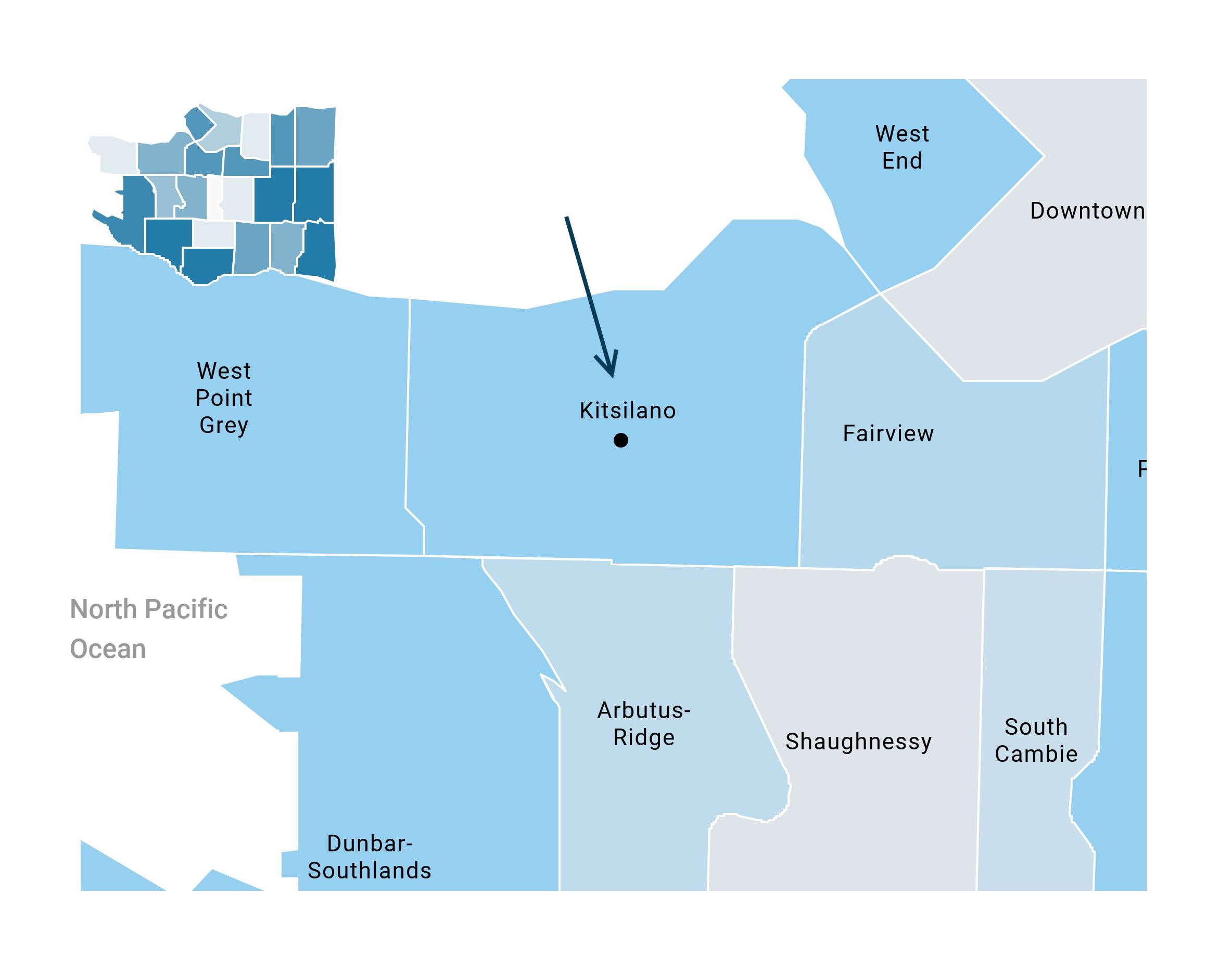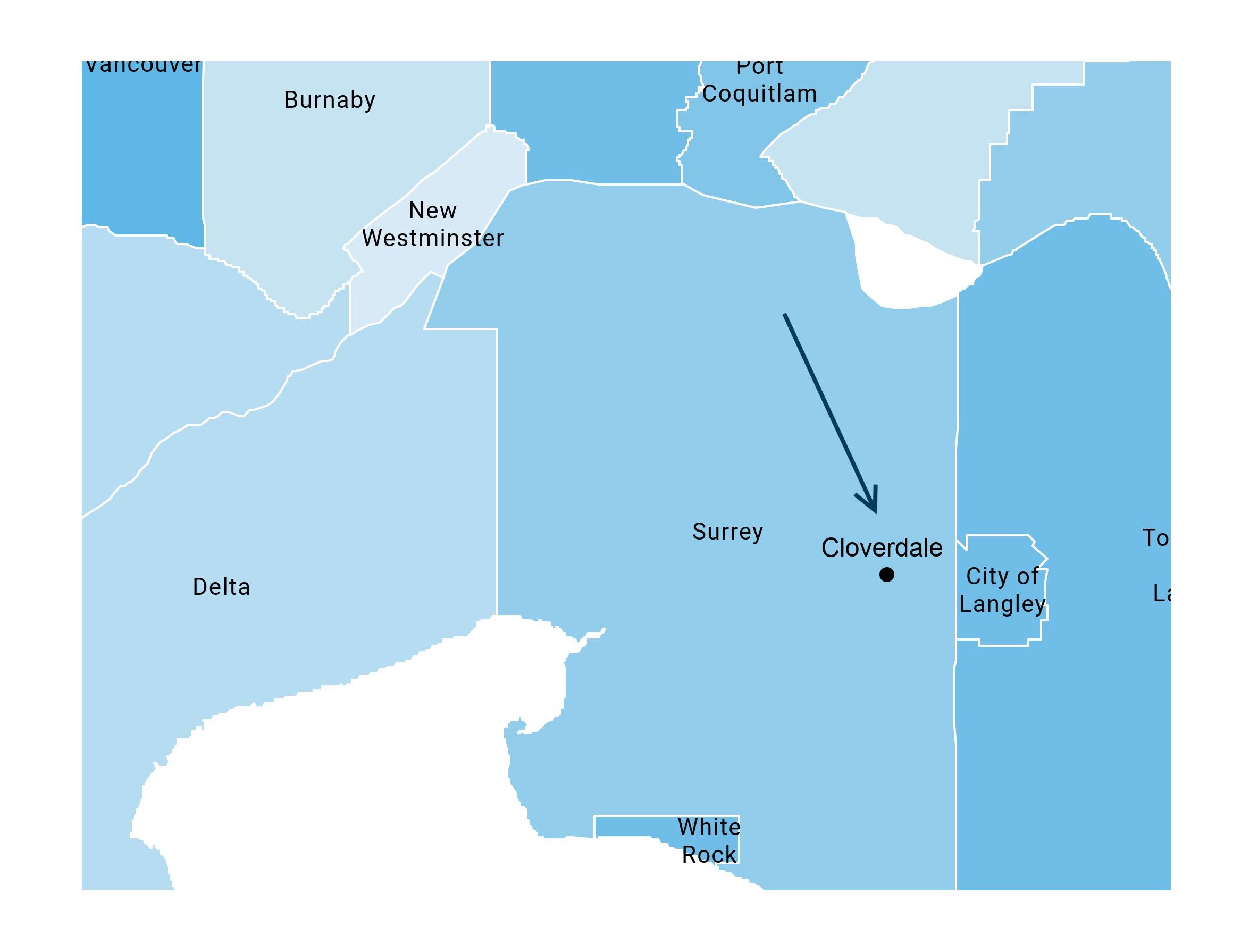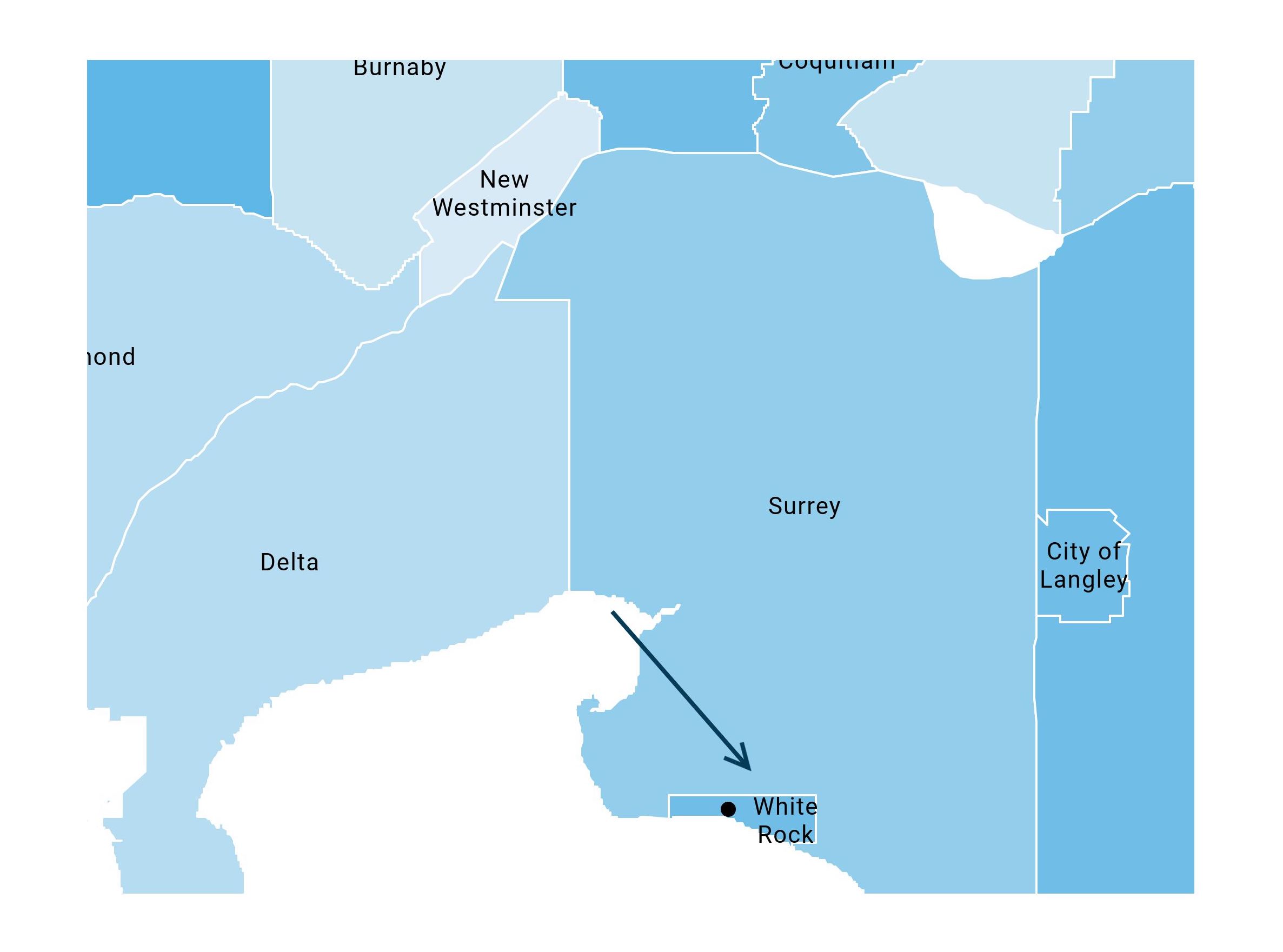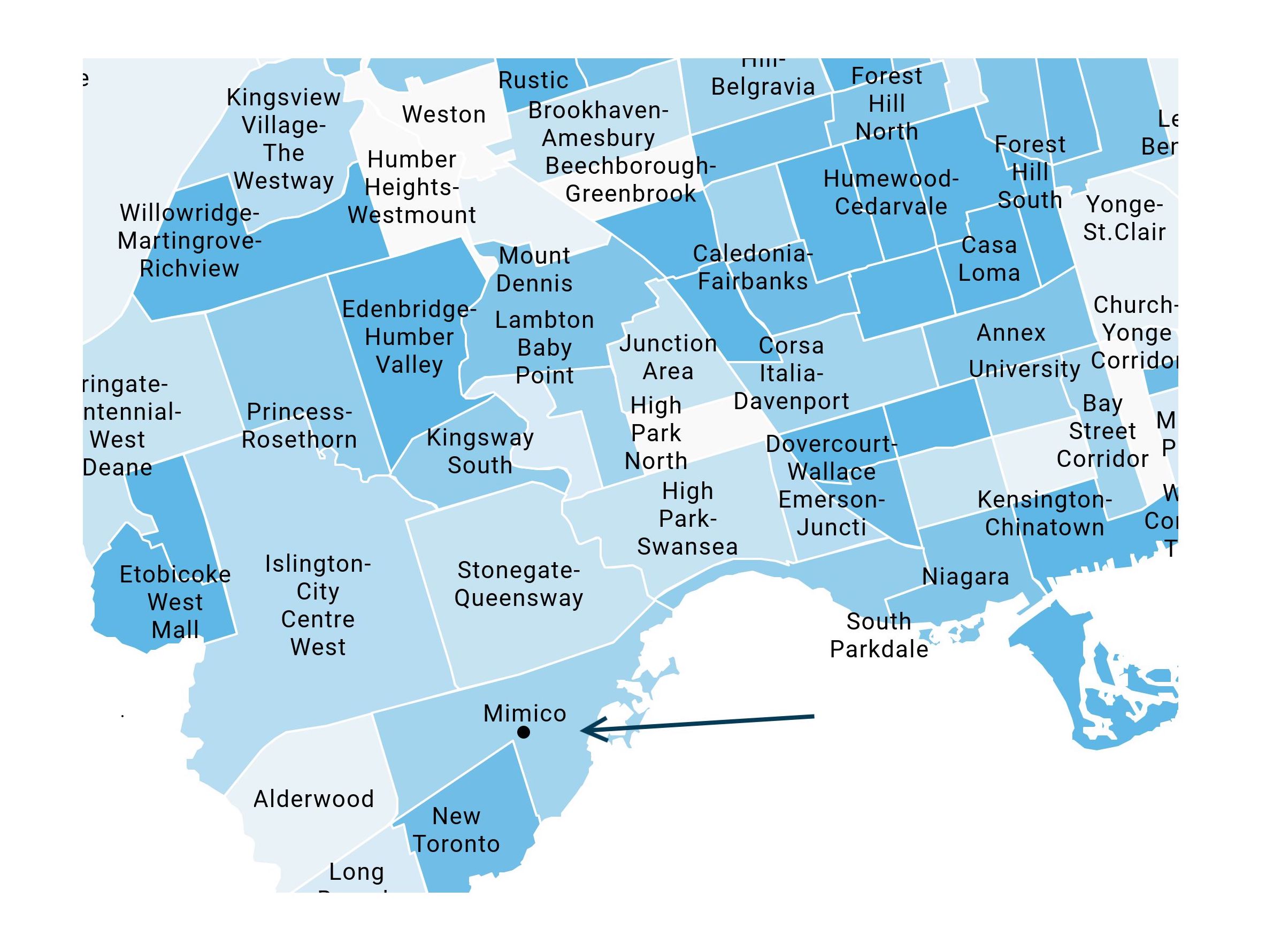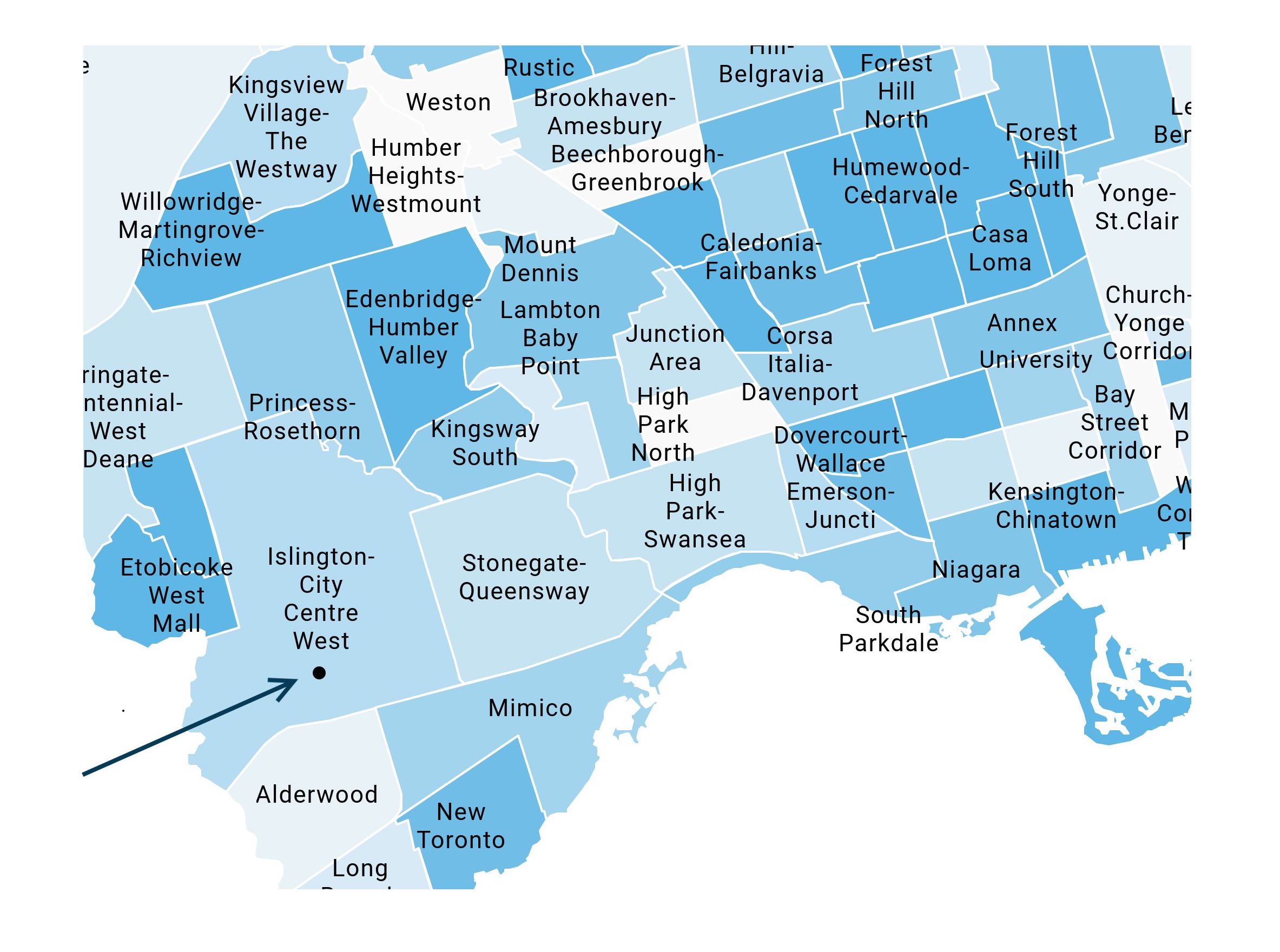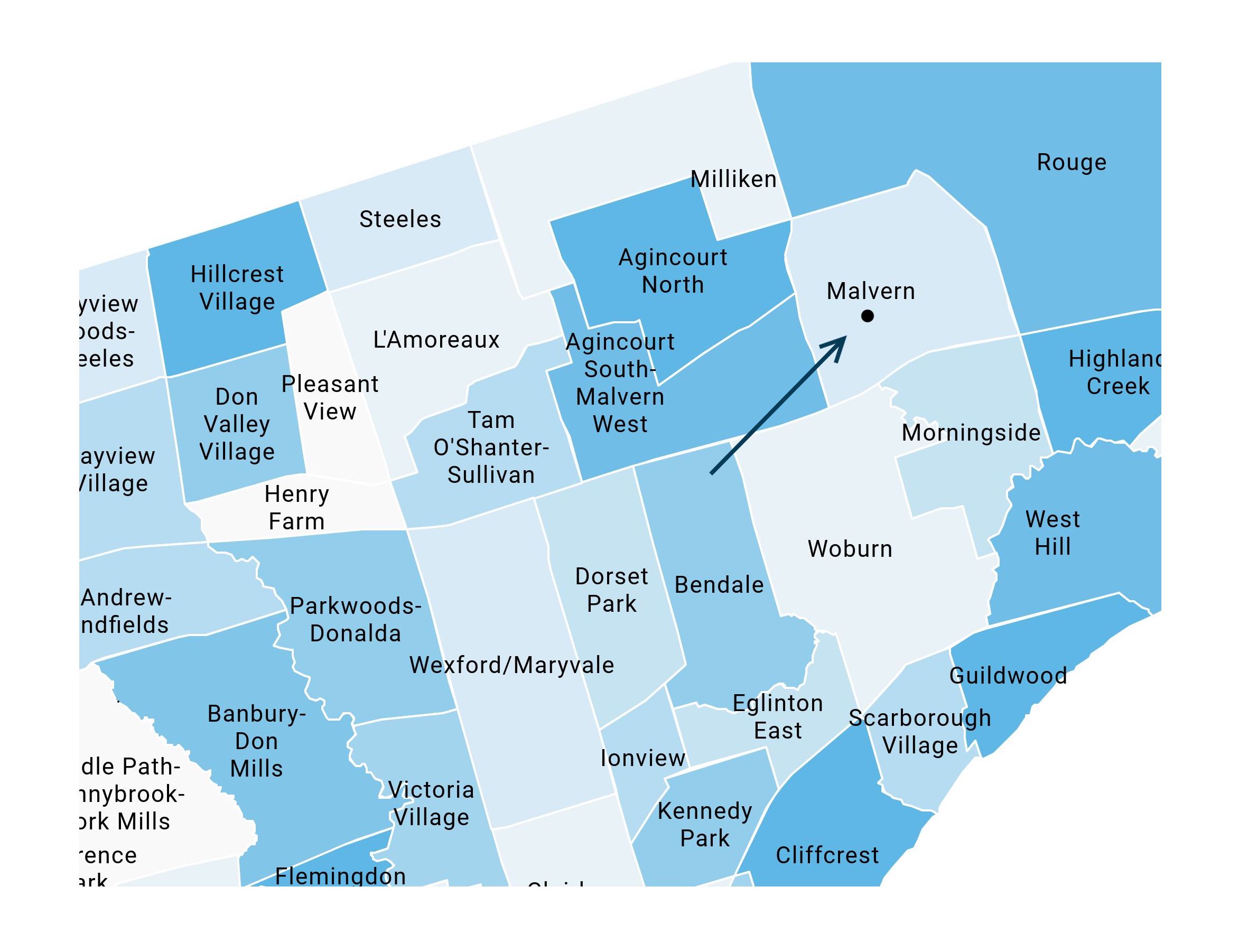Condo Insurance rate rise could see the downfall of condo buildings
Clayton Jarvis
Canadian Real Estate Wealth
For the last five years, there has been an incessant whisper at the margins of the real estate industry that has kept the idea of crashing markets and popped real estate bubbles in the public consciousness. Overextended buyers, overheated markets, overpriced properties – the reasons for anxiety are real.
Who would have thought that everything would one day come to a screeching halt because of condo insurance?
That is the scenario facing British Columbia, where insurance rates for strata corporations have risen beyond what most can afford to pay.
No lender will finance the purchase of a property lacking insurance, meaning units in uninsured buildings will have to fine either cash buyers or no buyers at all. Condo towers, because of their size and the potential for widespread damage, will be hit especially hard.
The issue first arose in the fall of 2019, when murmurs of the insurance increases were making their way around the province’s real estate industry.
“Back then, I don’t think it was on too many people’s radar,” says investor and Pemberton Homes agent Vanessa Roman. “It’s now on everybody’s radar because more and more buildings have had their insurance come up for renewal. I would say there isn’t a strata corp in BC that isn’t aware of the potential problem.”
According to Darlene Hyde, CEO of the British Columbia Real Estate Association, the scope of the problem remains hard to gauge.
“It’s like the nose of the camel is coming into the tent,” Hyde says. “We don’t know how big this is going to be. We don’t know how much premiums are going to go up. We’ve heard some individual, anecdotal stories that are pretty scary.”
One such story involves a property in Abbotsford where Roman says an unfortunate strata corporation saw its premiums rise by 700 percent.
“Last year, their premiums were $66,000. This year, they’re $588,000 – just for the premium,” she says.
Why are condo insurance rates rising in BC?
When asking about the root of the issue, the phrase “a perfect storm” frequently pops up. There are multiple reasons behind the spike in insurance rates. Any one of them would be relatively innocuous on its own, like a sliver of light underneath your bedroom door at night. But taken on simultaneously, these factors combine to form an eye-melting flash of lightning that has the potential to set the roof on fire.
Part of the blame can be laid on the strata corporations themselves. In an attempt to attract tenants, many stratas have cut their monthly maintenance fees to paltry levels, resulting in empty coffers when the time comes for major cash outlays, like sudden insurance rate hikes.
Roman says many strata corporations have also tried to keep their own costs low by opting to get insurance from companies offering the lowest rates. These companies, operating in a highly competitive environment, have suppressed normal rate increases for years in an attempt to nab and keep stratas as clients.
“So everybody wants to pay nothing for this strata,” she says. “When you have people on strata councils saying, ‘Okay, we can go with this insurance provider, or this one, which is 20 percent more but gives us more coverage,’ everyone is like, ‘Let’s go with the cheaper one. And by the way, we don’t want our rates to go up either.’”
The insurance industry is also playing its part. The suppression of insurance rate increases means strata corporations, rather than gradually spending more each year, are paying for years of below-market increases all at once. And with the global insurance industry having to pay out for unbelievable catastrophes – the wildfires in Australia alone will cost billions and billions – those funds will need to be replaced.
What happens next?
The current situation is untenable. Its solution remains purely theoretical at this point.
“I think there will be an industry solution or it will be backstopped by the government. It’s too big a problem to ignore,” Hyde says.
Roman suspects that the BC government will either expand the Insurance Corporation of British Columbia’s mandate to cover condos in addition to automobiles or create a new crown corporation to provide condominium insurance.
“But that’s going to take time to set up. Meanwhile, you’re going to have mortgages that are being renewed, or strata insurance policies that are being renewed and they’re going to have to deal with the ramifications of that,” she says.
Roman expects a massive drop in the value of condos over the next six to seven months. Prospective owners won’t be able to find financing. Any owner of a newly uninsured property who must renew her mortgage will have to either pay the remaining amount in full or sell – for cash. In a province already plagued by affordability issues, that kind of cash will be in short supply.
“I think you’re going to have a big influx of condos that are selling far, far below market value because they’re not going to be able to be financed. And buyers are going to have to hold onto their properties for a while because we’re going to have the crash, you’re going to have the recovery period and, during that time, you’re probably going to have high monthly strata rates,” Roman explains.
Investors still planning on getting their feet wet in the BC condo space have options for protecting their capital. Roman is advising her clients to get their building’s claims history for the last five years and to find out which claims have gone through the strata corporation’s insurance.
Hyde says the BCREA has already added a clause to the contract of purchase and sale that helps realtors and clients determine the insurance status of the condo they’re looking to buy. The Association is lobbying the Ministry of Municipal Affairs and Housing to create a similar law.
“We’re hoping the combined forces of industry can find some solutions,” Hyde says, adding that she is anticipating no shortage of constructive dialogue when the Insurance Bureau of Canada hosts the next roundtable meeting of the IBC Commercial Task Force upcoming summit on St. Patrick’s Day.
By then, we might all be ready for a drink.
Copyright © 2020 Key Media Pty Ltd

